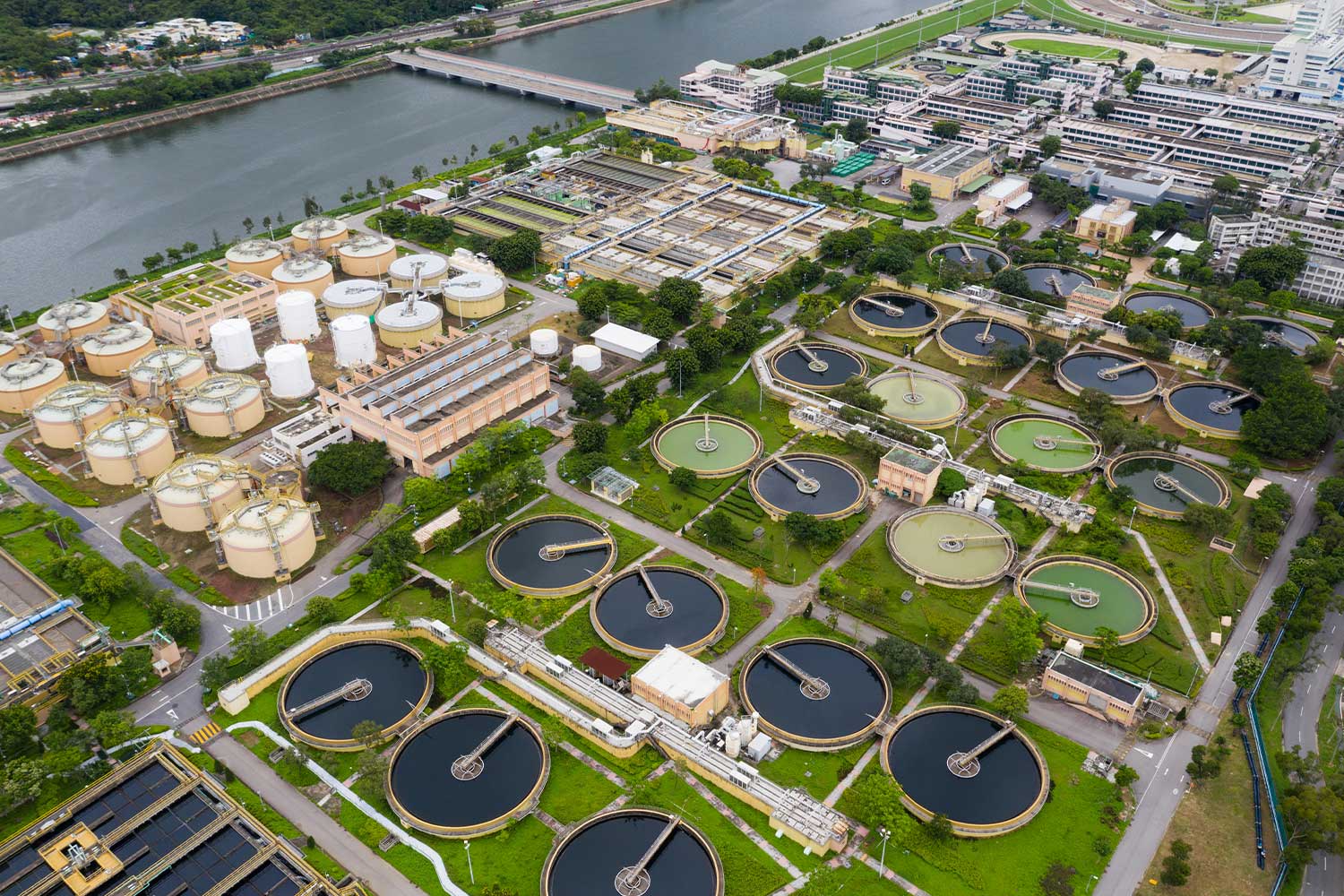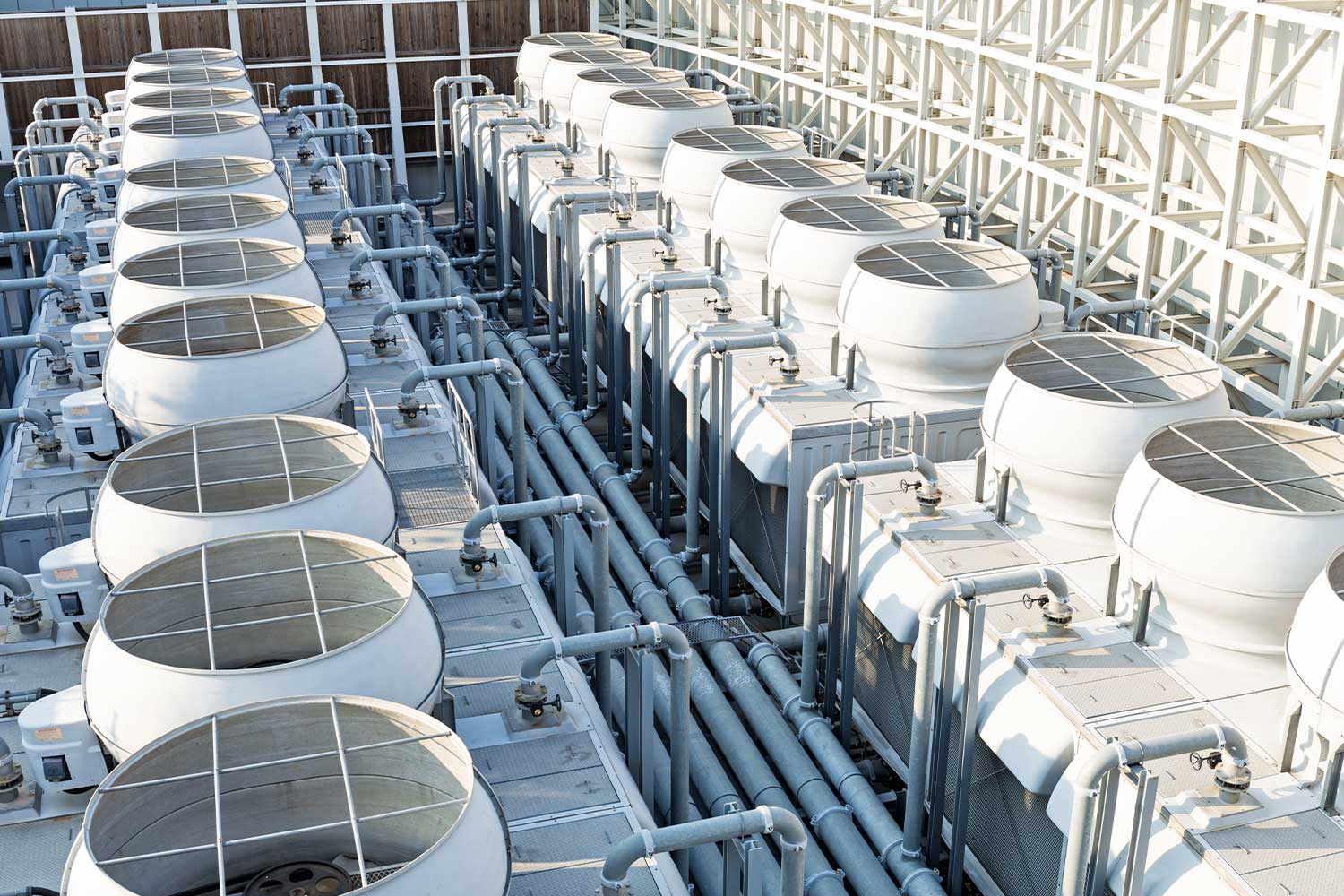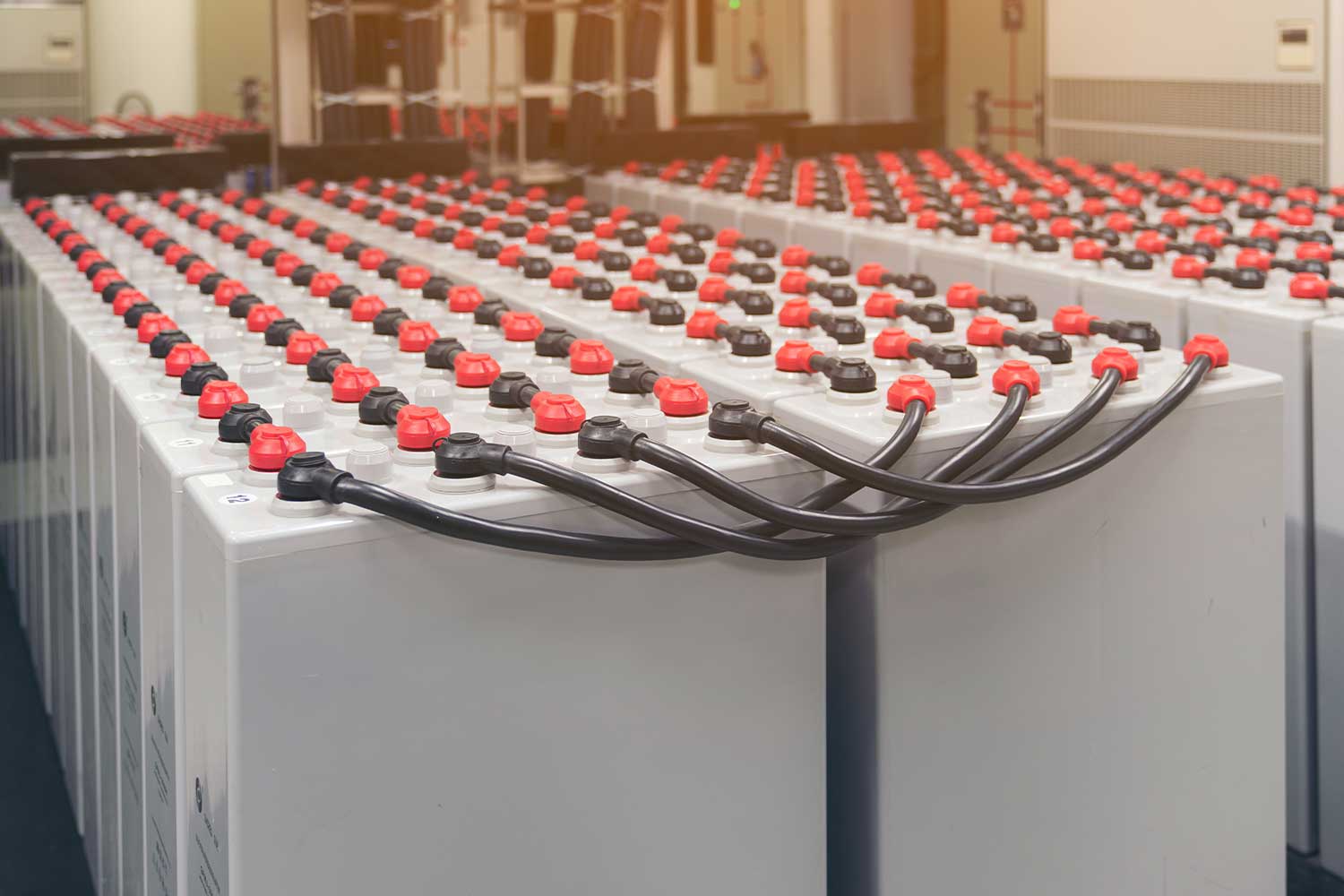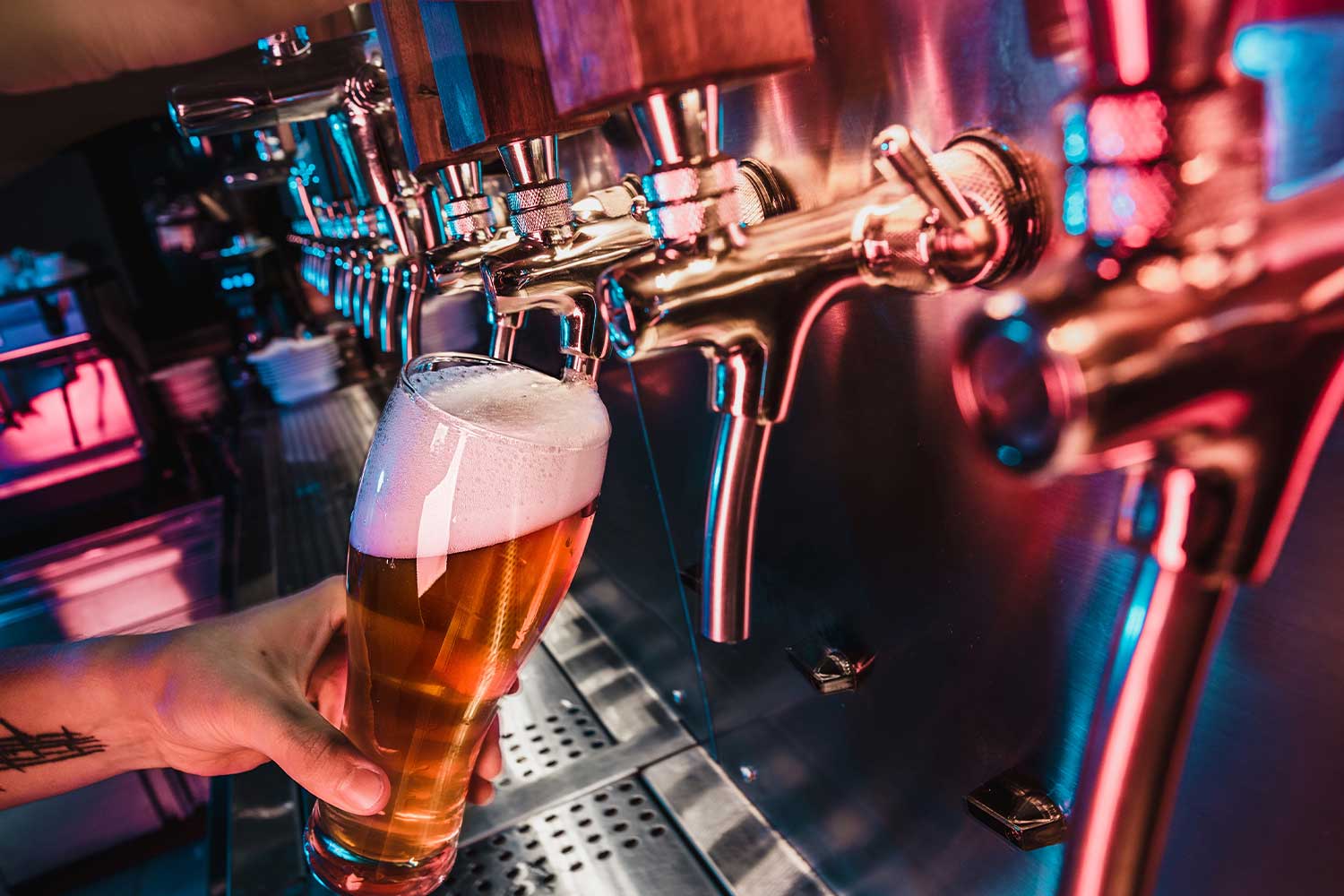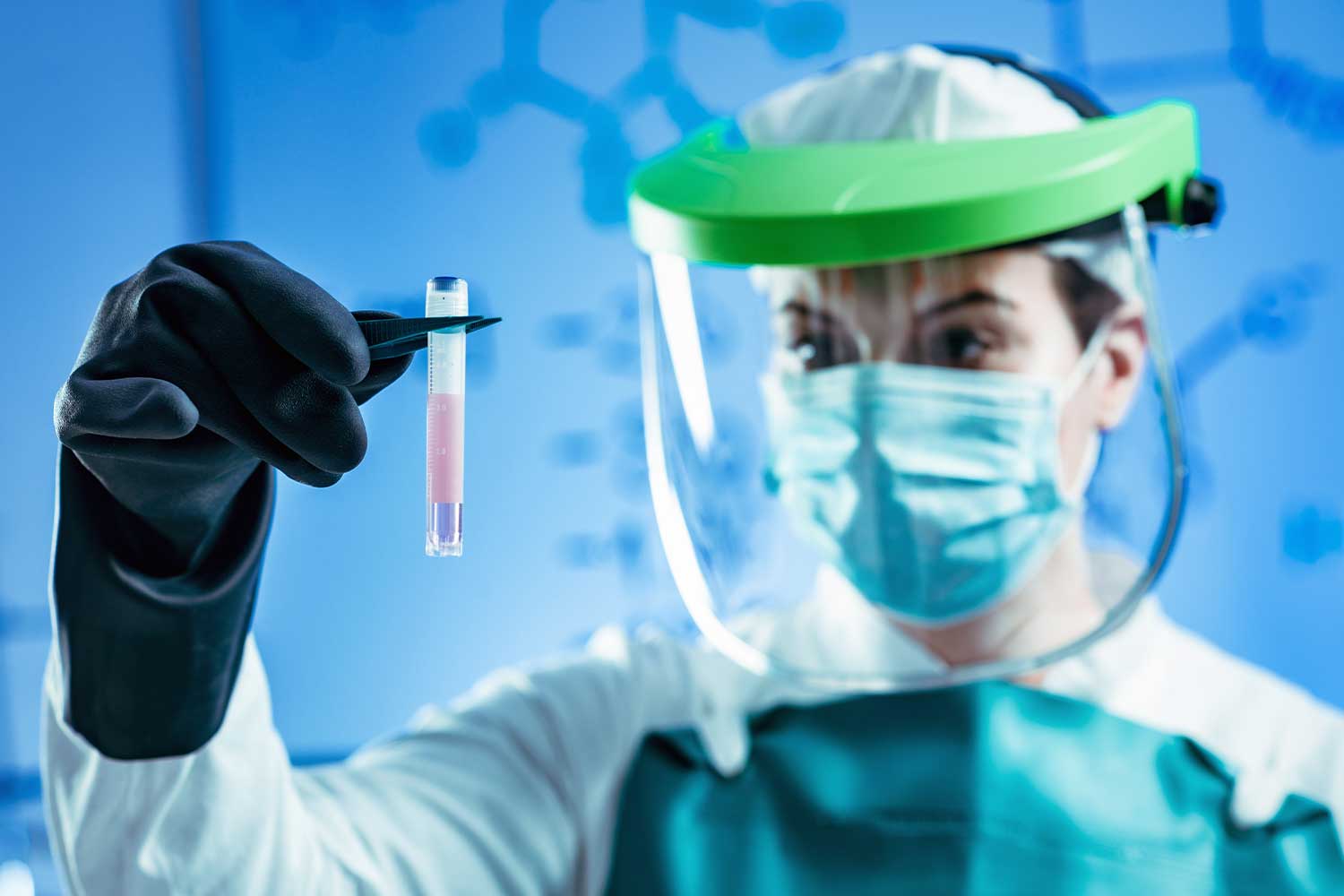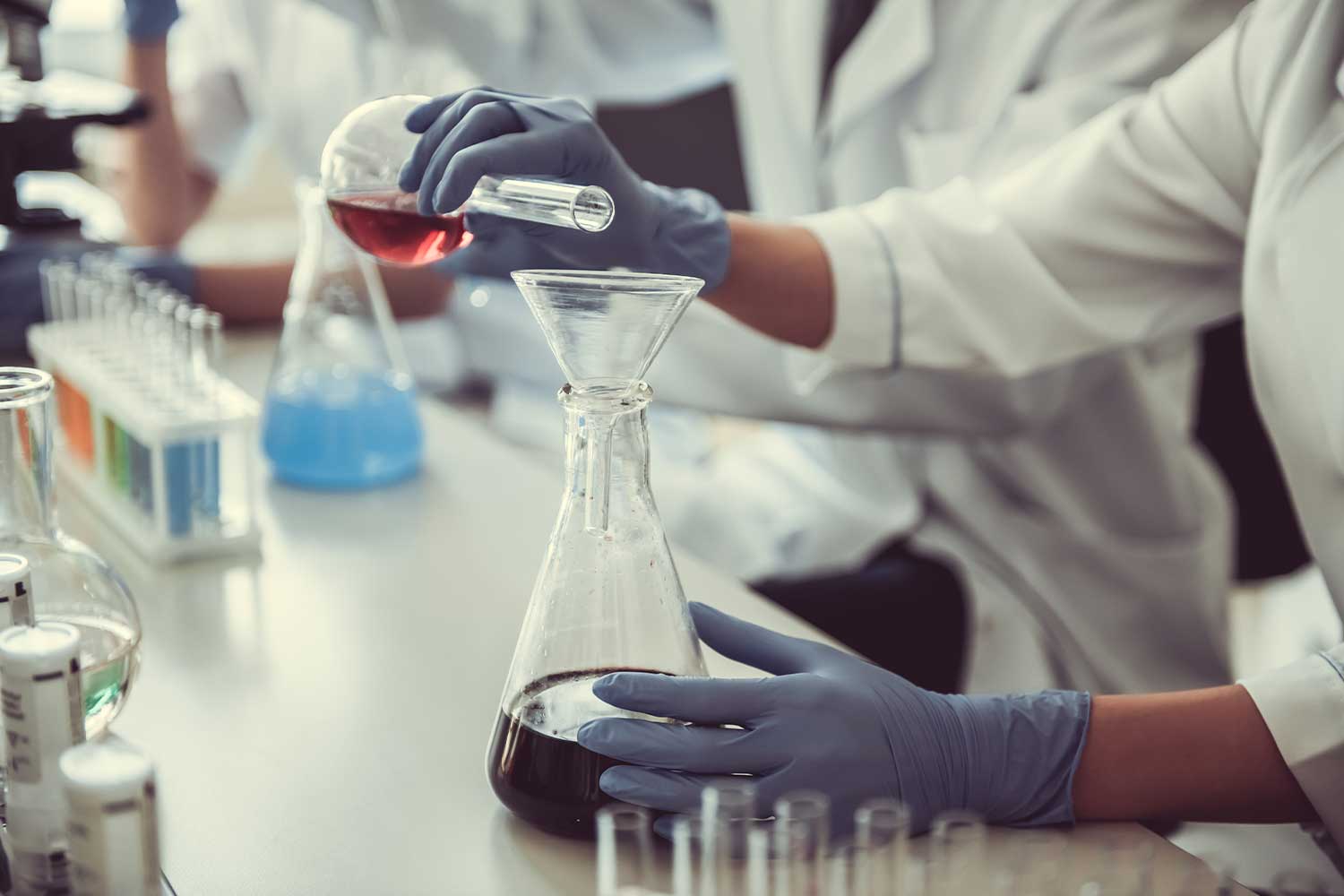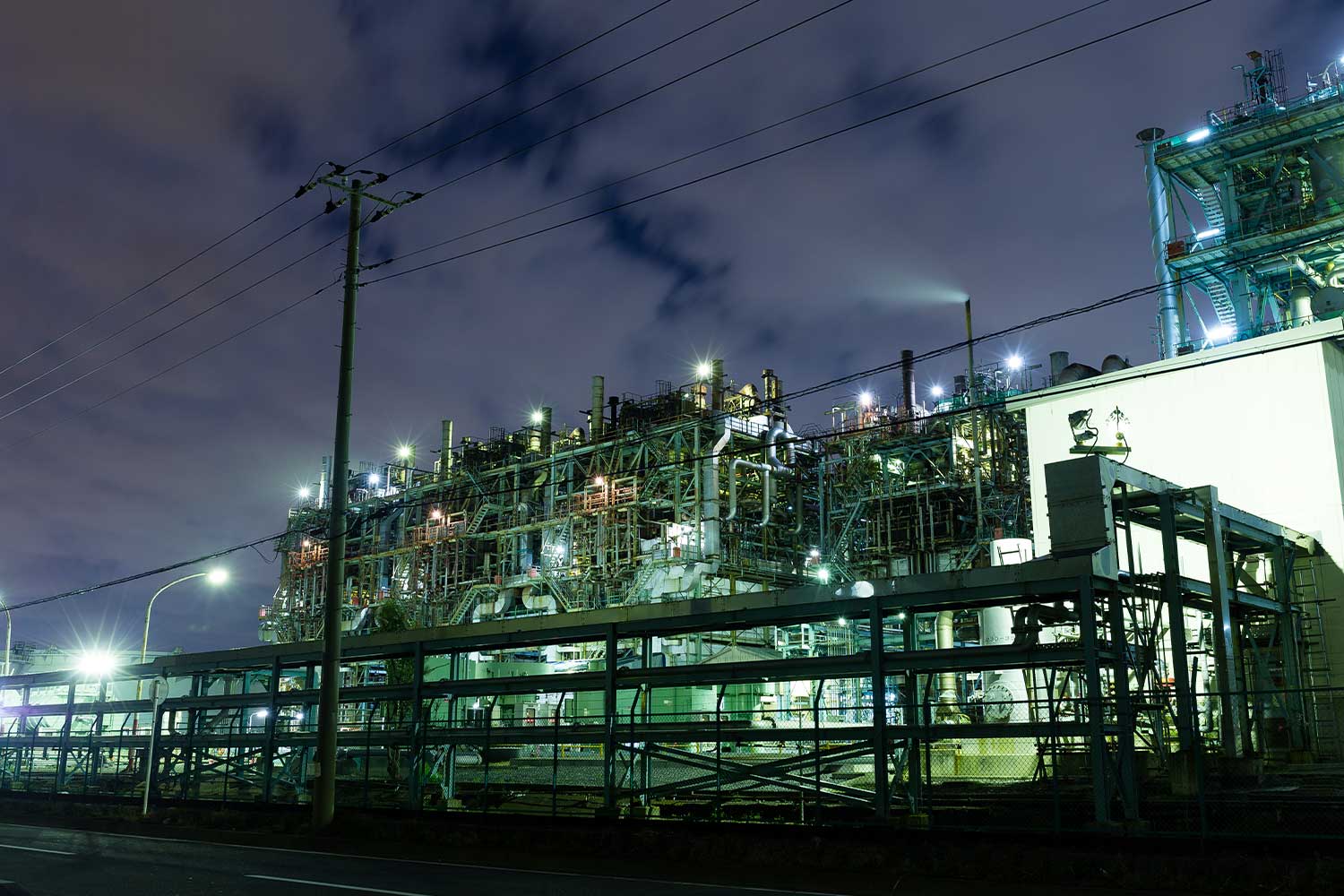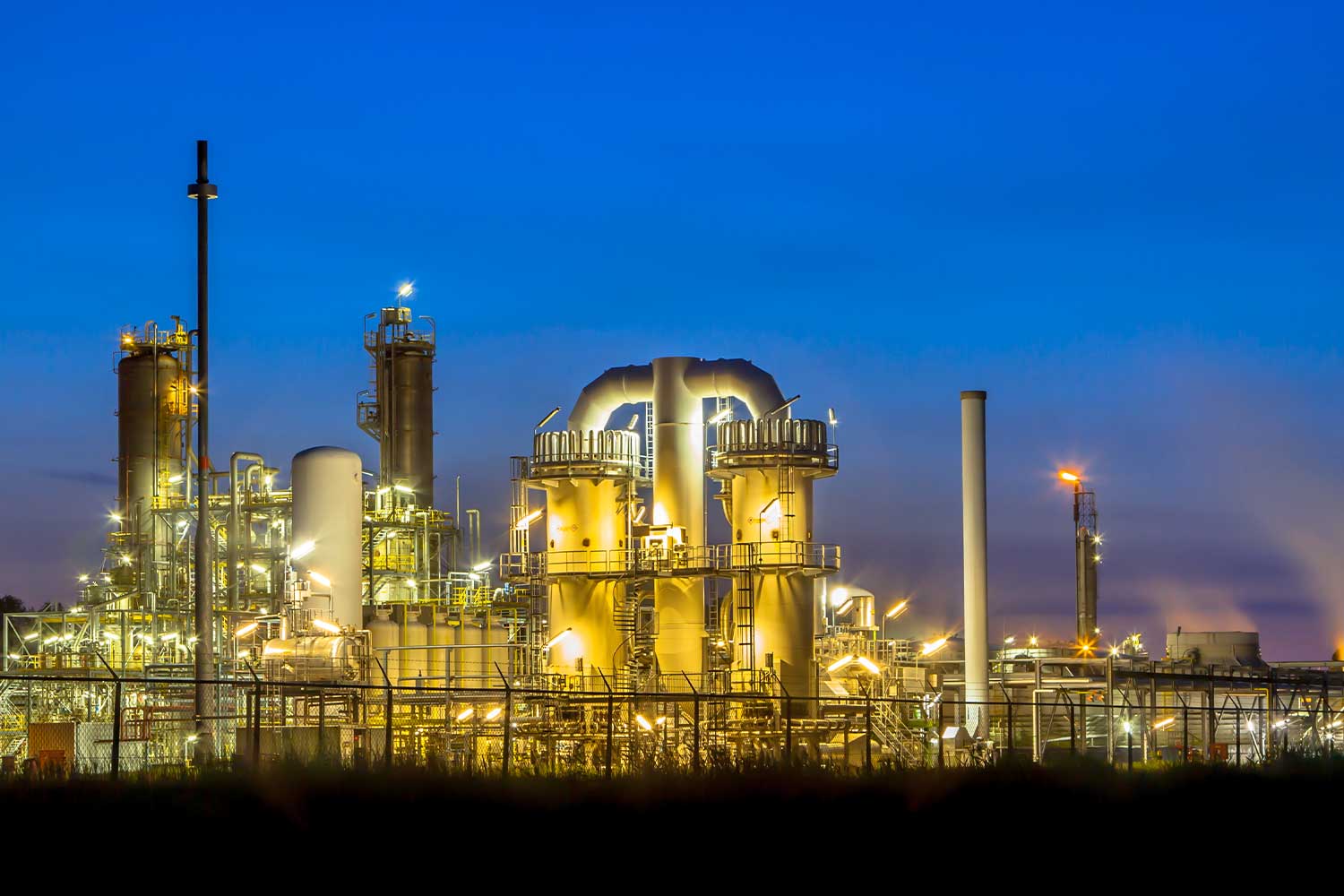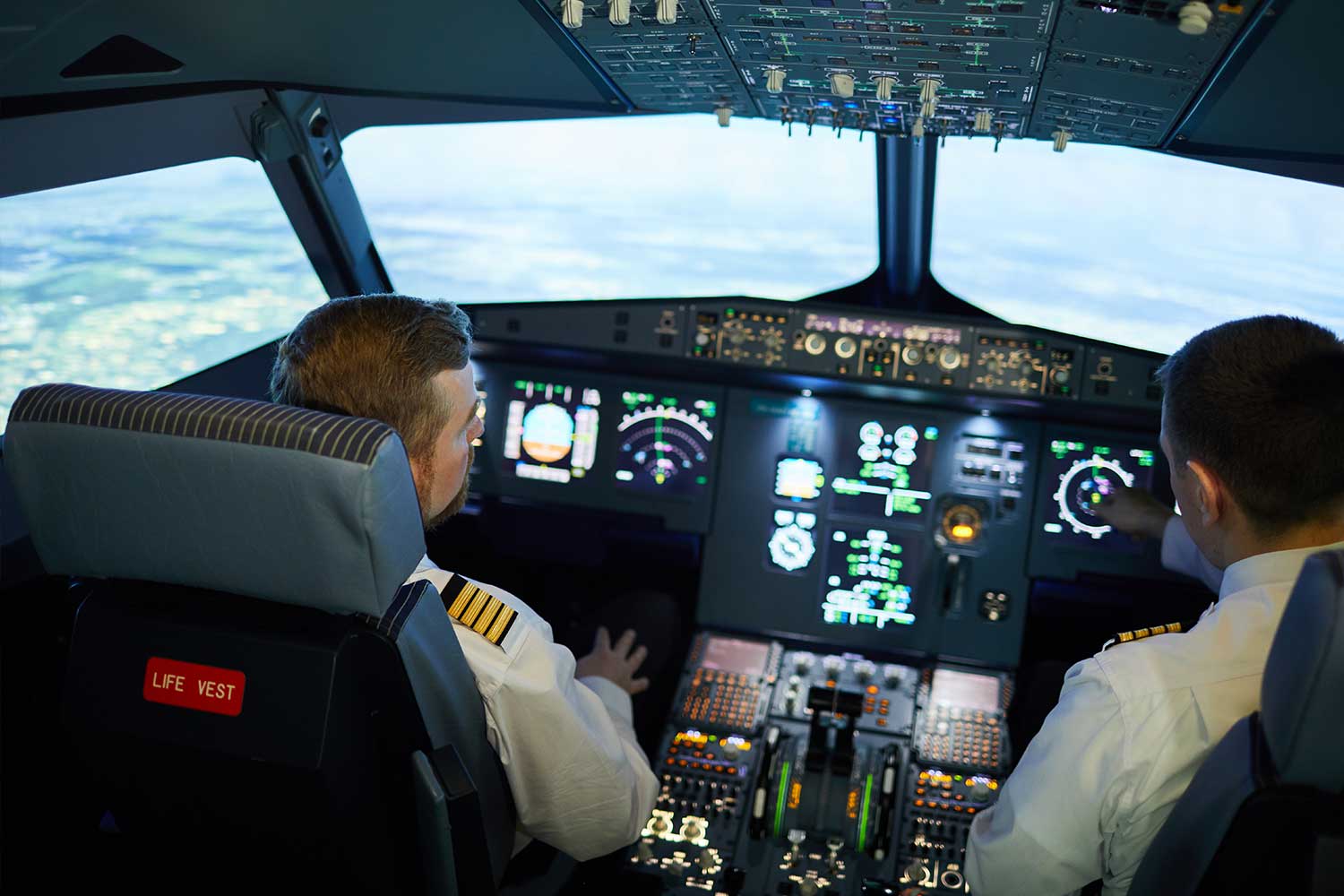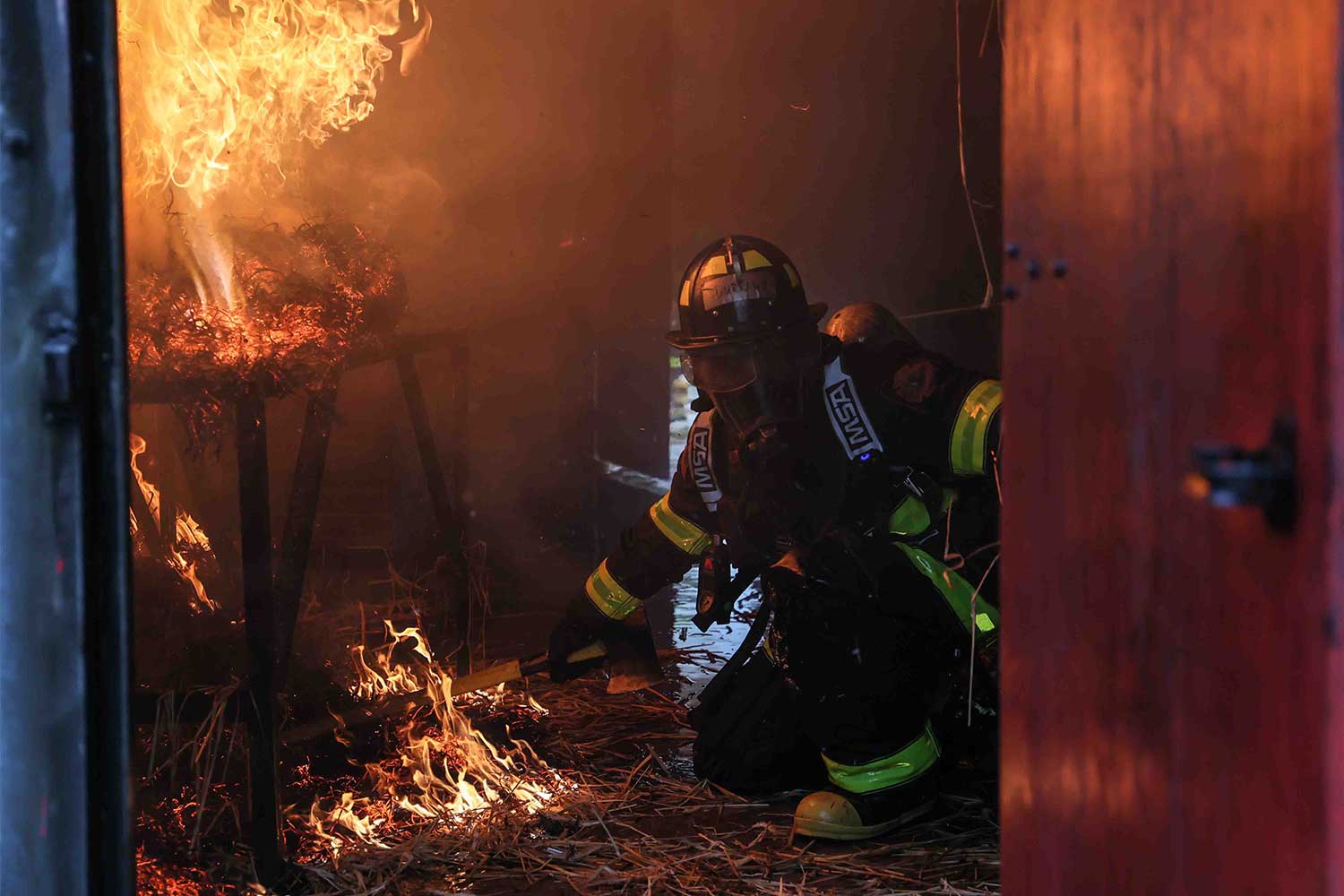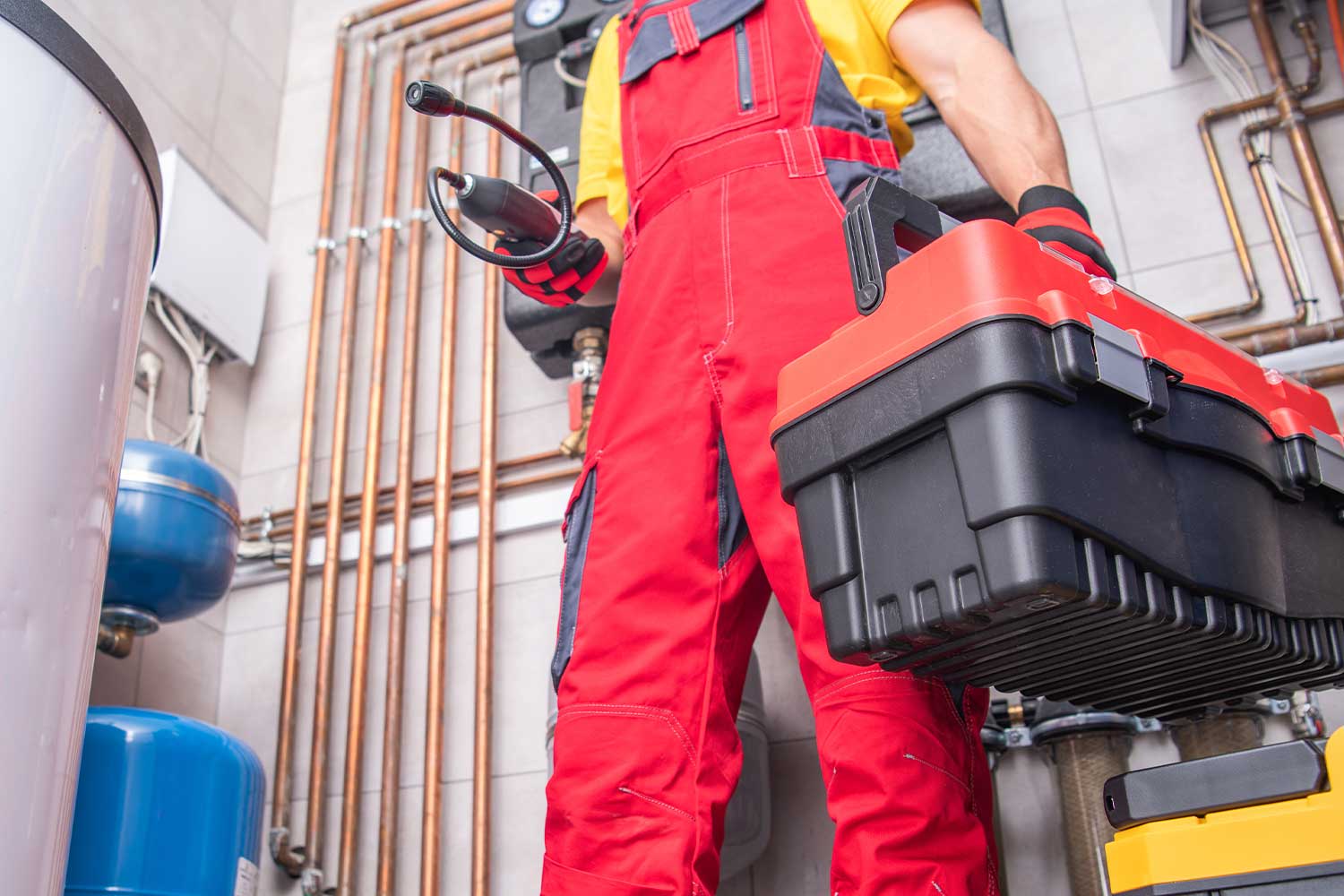Wide Ranging Fixed and Portable Gas Detection System
Stay Safe and Compliant
JWII have specialised in industrial & commercial gas detection technology for over 40 years, JWII will work together with you to provide advice on the correct solution to meet your gas monitoring requirements. We provide a wide range of industrial & commercial gas detection solutions engineered for specific project requirements.
Gas Detection Specialists Australian Owned and Operated Since 1982
100% Australian owned and operated JW Industrial Instruments Pty Ltd have specialised in Gas Analysers and Gas Detectors since the company’s inception in February of 1982. The company owners are qualified Instrumentation engineers with long standing careers in the industry specialising in process gas detection, and process analytical instrumentation. We pride ourselves on the company’s reputation for fast and efficient support to all our clients Australia wide. Our client base covers companies from the smallest to the largest companies in Australia and most being long term clients and repeat customers, we rely strongly on our referral business which is 100% reputation based.
Site analysis and system engineering
Each project starts with consultation on our clients requirements. JWII then design a Gas Detection System to meet the project needs
Service and maintenance
Our service team can provide comprehensive field service as well as workshop repairs. We can also help you plan the maintenance of your devices with a periodic maintenance contract.
Site Installation
Our in house technical team can assist you in the installation and commissioning of your gas detection system. From physical mounting to connection and start up.
Calibration Services
Our calibration facility offers you peace of mind that your gas detection system is operating to specification. We can carry our field calibration as part of your service contract or in house calibration at our facility.
Stocking the Highest Quality Gas Detection Instruments
JWII hold stock of our range of the highest quality gas detectors right here in Australia for fast and reliable delivery Australia wide. We offer a wide range of fixed and portable gas detectors with short deliveries and offer same day or next day delivery on many items in our range.
A Gas Detection Range for Industrial and Commercial Applications
Our Gas detection systems are designed to be used in any environment where gases are or could be present, they can be used in both industrial and commercial applications. JWII’s range of fixed and portable gas detection systems is the industry’s most complete and includes solutions from electrochemical, IR and systems using full spectrum infrared and ultraviolet to measure parts per billion levels. Our range of fixed gas detectors can monitor your production locations, workspaces, confined spaces, warehouses and can not only monitor but provide a warning against imminent threats from gas hazards and flames.
Custom designed Gas Detection Systems
At JWI we recognise that every Industrial and commercial installation is unique, from over 35 years’ experience we know that fixed gas detection systems can only be as effective as the design and planning that goes into them. We work in close consultation with our clients to design the best customised system to meet the needs of their specific application. We provide help and guidance throughout the entire project from start to finish to make sure the optimum solution is provided for the client. This way you can get the most effective gas warning system for the specific needs of the project.
Application specific consultation
Each industry and application have its own unique set of challenges and regulations and we consult with our clients and governing bodies to make sure we are meeting all the necessary guidelines and requirements. The vast knowledge we have accumulated over the many years of working this industry helps us to guide our clients through this process which at times can be very daunting. JWII can make the process easy for our clients with a consultative approach to the supply of gas detection technology.
Maintenance, Service and Training Support in person or virtually
In addition to a diverse range of sensors we offer expert project planning and consultation as well as maintenance, service, and training support for our clients on industrial gas detectors and industrial gas monitors. We can provide this training in house at the JWII technical centre in Sydney, or one of our trained technical staff can attend site and provide one to one training, or group training sessions on the equipment. We also have a range of virtual training and service options also available
Typical gas detection questions answered by our experts
There are many types of gas detectors available based on various measurement principles. Depending on the gas a certain type of gas detector would be selected that would be either a broad spectrum detector or a gas detector looking for a specific gas only.
Gas detectors come in various measuring principles from catalytic sensors, photoionization sensors, electrochemical, infrared and ultraviolet light. Selection of the detector would be dependent on the gas to be measured and also the budget as some of these technologies can be costly.
This would be a gas detector that is used for environmental monitoring in a fixed location. Typically for an environment to be monitored there would be a single or multiple gas detectors fixed in place over the area of interest. The number of fixed detectors required wold be calculated based on the volume of air in that area. Our experts can help you in sizing the system by making a site survey or survey of plans or drawings.
There are typically four main types of gas detector, these are Electrochemical, Catalytic, Infrared and Photoionization sensors. These types of detectors come in fixed and portable versions.
This type of gas detector is a single device that will monitor 4 components simultaneously, these are typically:
- %LEL or the lower explosive limit which is a measurement of the lowest concentration of gas vapour that will burn in air, so essential this is a flammable gas detection.
- Oxygen measuring the %O2 in the atmosphere (Normal Air 20.9%).
- Carbon Monoxide measuring the CO level in the atmosphere (Normally 100ppb in Air).
- Hydrogen Sulfide or H2S which is a poisonous, corrosive and flammable gas.
The height at which to install a gas detector mostly depends on the gas type and it’s weight compared to air. For instance a refrigerant detector is mounted ~300mm from the floor due to it being a lot heavier than air, whereas a Hydrogen detector is mounted near or on the ceiling as it is a lot lighter than air. So it makes sense that an Oxygen is mounted in the breathable zone of say 4-6ft.
The amount of detectors depends on a few factors, for instance if you’re in a box room with flat walls, it is simple to work out the amount of detectors needed due to the m3 space. However if there are areas of the workspace that have a draft space, exhaust or pockets where gas can sit, then it may need a little more consideration.
Some obvious considerations are eliminating vibration where possible, also ensuring that there is a flow of air in the area for the sensor insert to measure. If you don’t have the flow of air, usually a sampling system can be provided. Make sure that the sensor technology used won’t be affected by the temperature, humidity of the environment or conflicting gas types, these factors can be significantly reduced by selecting the correct sensor type and technology.
This is a very important consideration, hazardous areas require Ex certified sensors to ensure safety and operation. There are in general 3 classification areas, Zone 0 – hazardous gas always present, Zone 1 – Good chance of hazardous gas being present, Zone 2 – Shouldn’t be hazardous gas present, but isn’t ruled out and the Safe Area – hazardous gas should never be present. The Ex sensors installed in a hazardous environment are run through protective devices such as Zener Barriers and Galvanic Isolators to prevent high energy levels traveling to the safe area from the hazardous area.
The most common connection of a gas detector is to use the 4-20mA output, this is extended to the range of the detector, so there is a real time gas value being communicated. Onboard relays are common to set alarm limits and fault connections to a DCS, SCADA, BMS or other control system. There are other connection methods available such as Modbus, Profibus & Serial, these methods allow address list communication to indicate gas levels, alarms, faults and detector description.
Sounders and Beacons are a very common method of alerting personnel of alarm limits being breached, these are usually activated using the sensor onboard relays or gas detector control panel relays. There are possibilities of Low Low alarms, Low alarms, High alarms and High High Alarms to make sure the threshold range is identified.
This usually depends on whether you have a facility to connect to a 3rd party system or have an onboard LCD to view the gas level, if neither a control panel is a good idea. The other advantage is being able to control and see multiple detectors real time information without the need for a 3rd party connection, as all controls can be performed generally from the control panel.
Annual calibration of gas detectors is highly recommended to ensure that the zero and span settings of the detector haven’t drifted as this will affect range accuracy. Generally a certified calibration gas is used to a specified level within the detector range, you can also purge down a sensor to check the zero, ensuring a range test. The operation is simple, by connecting a gassing cap over the sensor housing and then connecting the cal gas through a flow regulator, this will saturate the sensor with the desired zero / span concentration.

